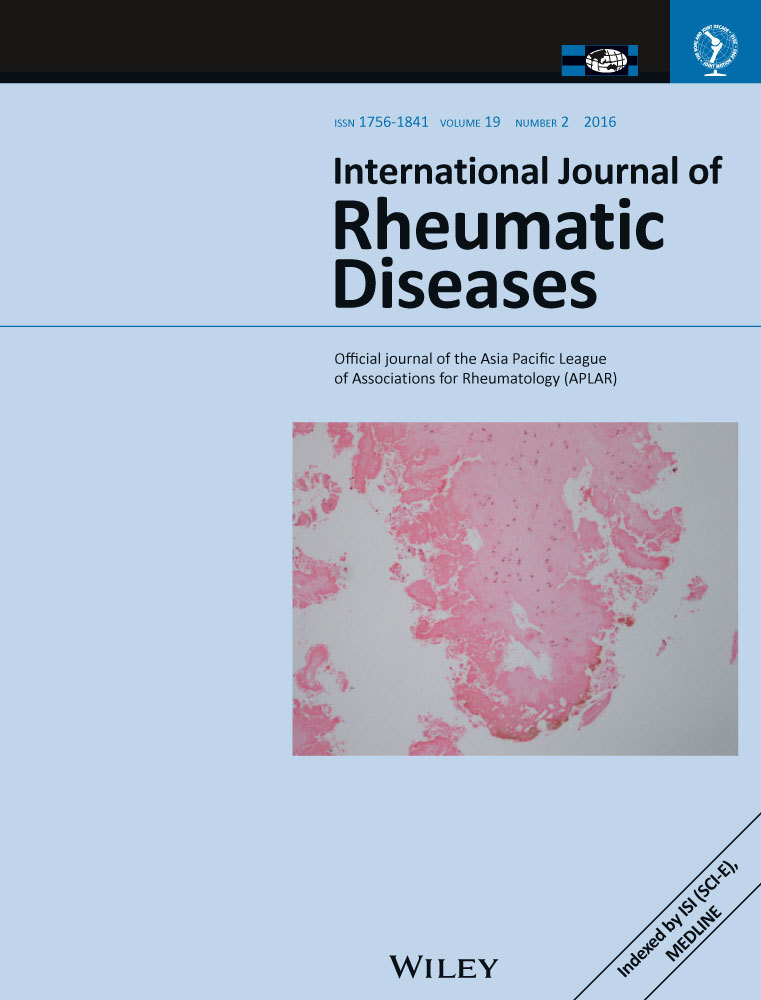Quality of life and correlation with musculoskeletal problems, hand disability and depression in patients with hemodialysis
Abstract
Objectives
The aims of this study were to assess the health-related quality of life (HRQOL) in patients with hemodialysis using the Kidney Disease Quality of Life (KDQOL™) and to determine its relationships with conventional clinical measures, musculoskeletal problems, hand disability and depression.
Materials and methods
This study was conducted in our tertiary hospital's dialysis unit. Fifty patients under hemodialysis treatment were included in the study. HRQOL, disability, pain and depression were assessed using KDQOL-36, Duruoz hand index (DHI), visual analog scale (VAS) and Beck Depression Inventory (BDI).
Results
It was seen that all of the patients included had one or more musculoskeletal problems, the most common of which were muscle cramps, myalgias and arthralgias. Depression was the second most common accompanying disease. It was also seen that older patients had much poorer physical functioning scores, DHI scores and BDI scores than younger patients. DHI score was found to be significantly lower in men than in women. Educational level, presence of arthrosis, myalgia, bone pain, arthralgia, CTS, VAS-hand and VAS-upper extremities scales, DHI and BDI scores significantly affected both physical and mental areas of KDQOL-36, whereas age, shoulder periarthritis, mobilization scores and presence of hypertension only had effects on physical areas.
Conclusion
Physical functioning depends mainly on the age, severity of comorbid conditions, depression, locomotor findings and hand disability of hemodialysis patients. The KDQOL-36 is related to the clinical status and functional ability of hemodialysis patients and it can be used as a sensitive health status measure for clinical evaluation.




